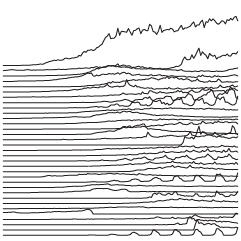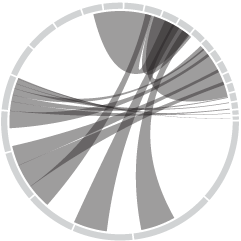Some people use a passcode on their iPhones simply to prevent their kids from mucking around with it or accidentally calling the police. Others use it for actual security reasons — because there’s private information on your phone that you wouldn’t want a stranger to have access to. If you’re in the latter group, hopefully you use a passcode that isn’t easy to guess.
Daniel Amitay, developer of the Big Brother Security Camera app (now removed from the App Store), added some code to the app to record user passcodes anonymously. Here are his findings.
Read More


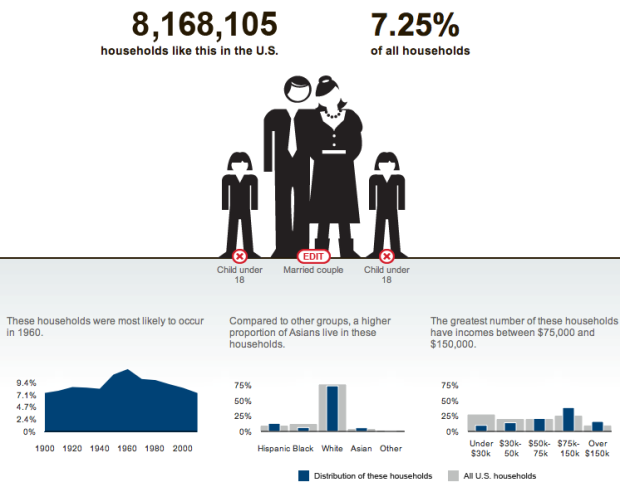
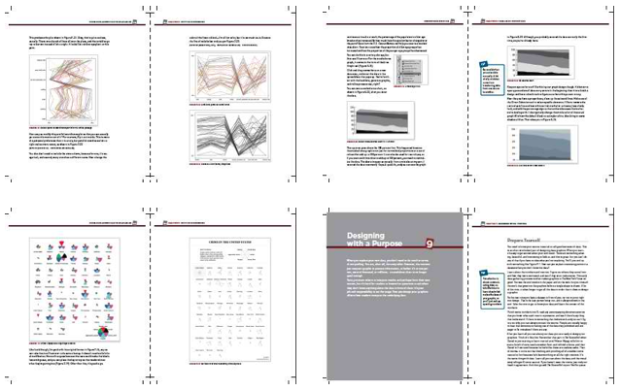
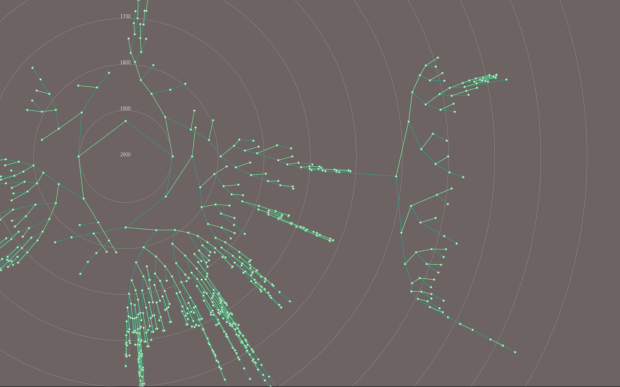
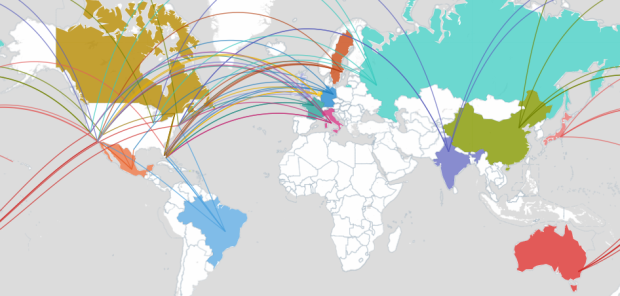

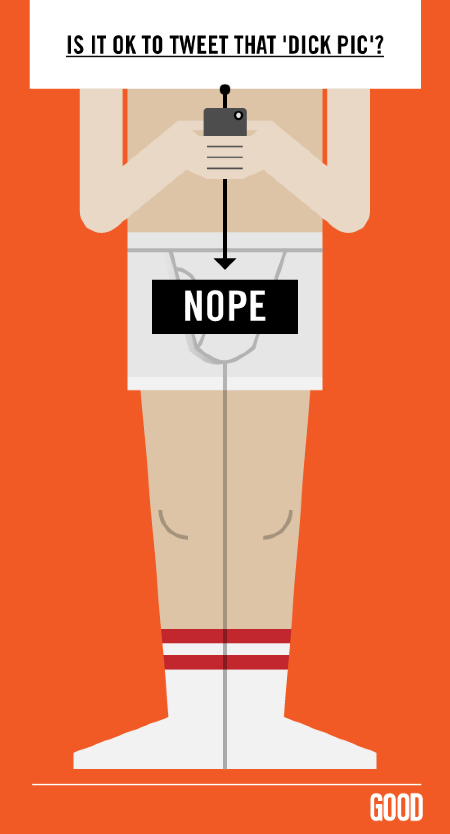

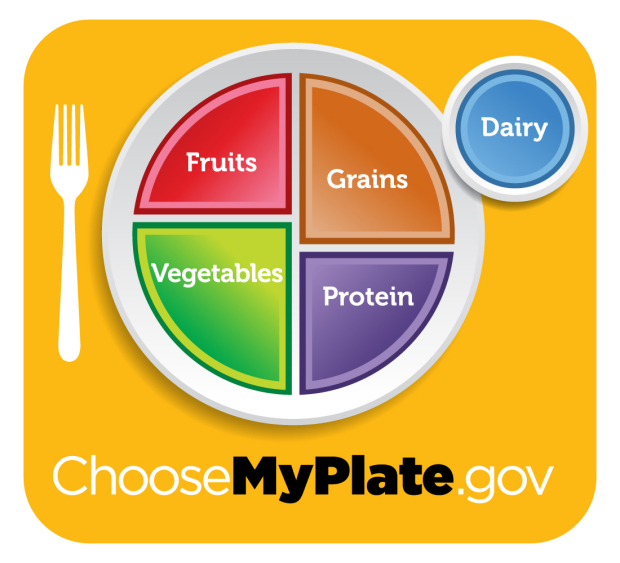


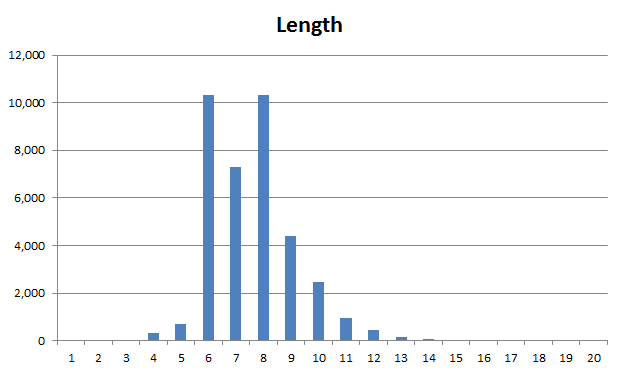

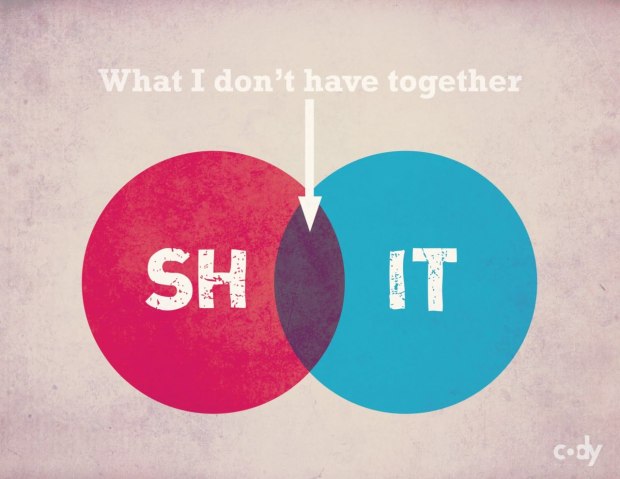

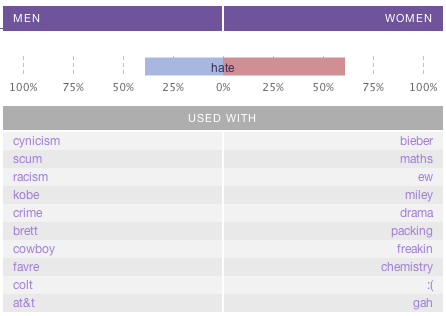
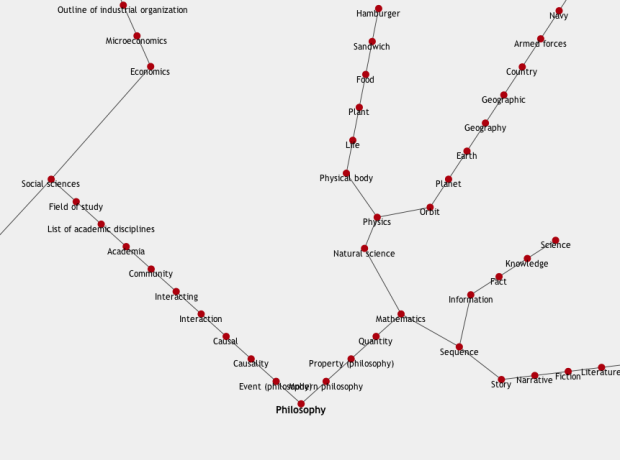
 Visualize This: The FlowingData Guide to Design, Visualization, and Statistics (2nd Edition)
Visualize This: The FlowingData Guide to Design, Visualization, and Statistics (2nd Edition)




